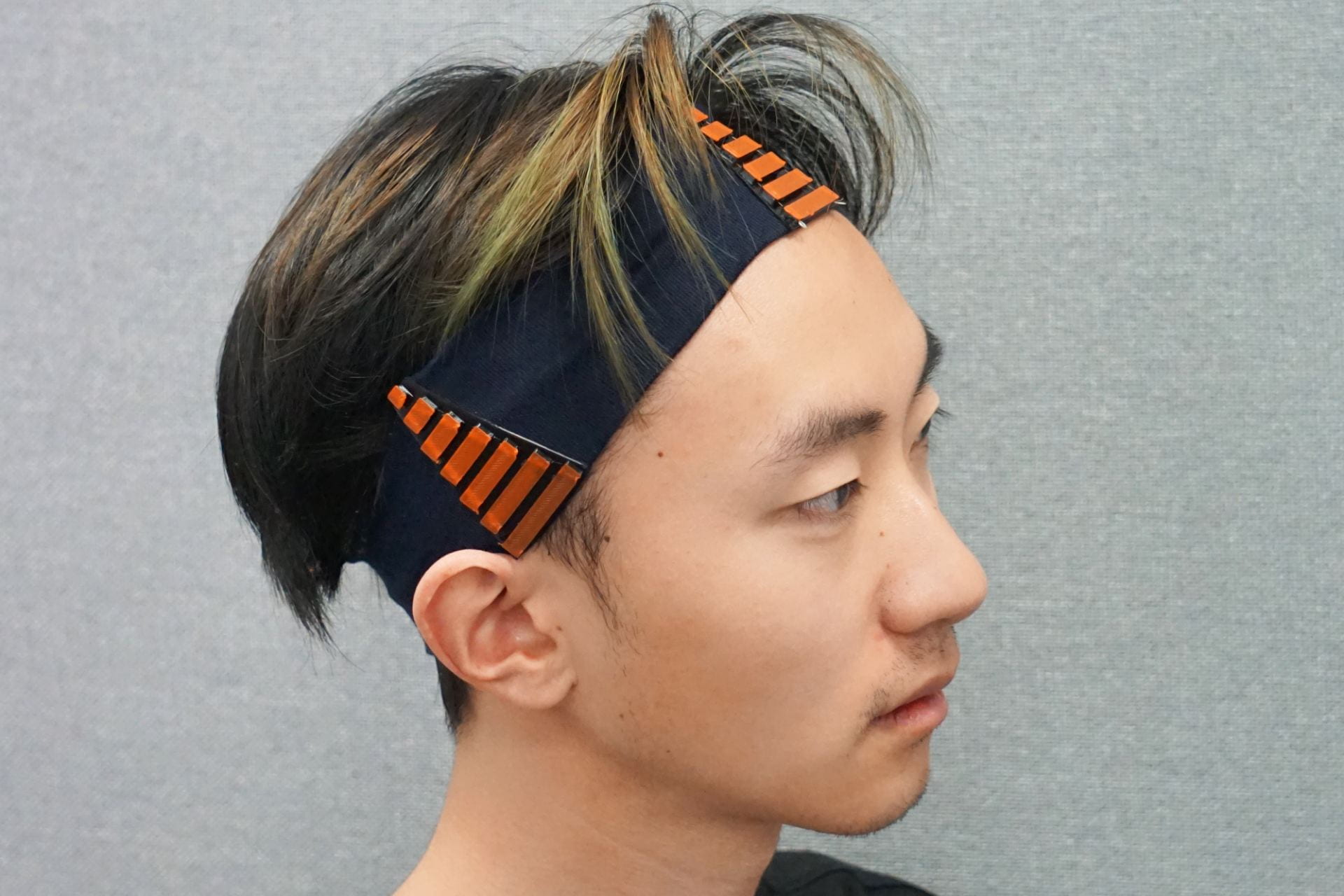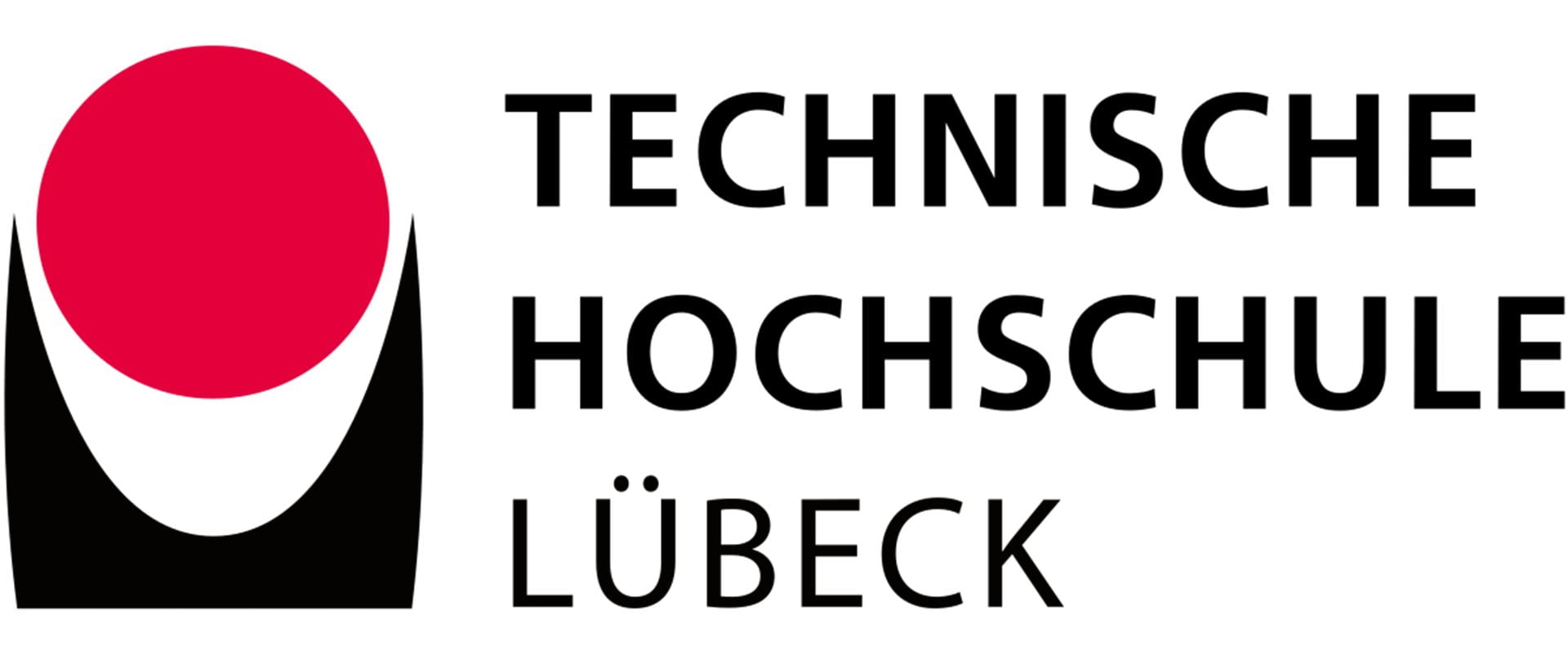
ClothTiles
A Prototyping Platform to Fabricate Customized Actuators on Clothing
Sachith Muthukumarana (LK)
Moritz A. Messerschmidt (DE)
Denys J. C. Matthies (DE)
Jürgen Steimle (DE)
Philipp M. Scholl (DE)
Suranga Nanayakkara (SG)

ClothTiles presents a rapid fabrication technique that enables the actuation in clothing. ClothTiles leverage flexible 3D printing and Shape-Memory Alloys (SMAs) alongside new parametric actuation designs. 3D printing on clothing enables the ease of fabrication and the possibility of generating precisely localized structures, including localized control of the substrate’s rigidity, altogether allowing us to develop a versatile actuation behavior. We introduce the concept of fabric actuation using a base element and systematically explore aggregating, scaling, and orienting prospects for extended actuation in garments. These cloth actuators can be integrated into different locations of ready-made clothing such as tops, pants, shirts, and other wearable accessories. In a user study, participants found two application scenarios helpful with ClothTiles, mentioning aesthetics and functional aspects of clothing.







Sachith Muthukumarana is a Human-Computer Interaction researcher and a Ph.D. candidate at the Augmented Human Lab of Auckland Bioengineering Institute in the University of Auckland. He completed his honors degree in Electronics and Telecommunication Engineering at the University of Moratuwa, Sri Lanka. Also, he worked as a Research Assistant at the SUTD-MIT International Design Center in Singapore.
Moritz A. Messerschmidt is a Ph.D. candidate at the Augmented Human Lab located within the Auckland Bioengineering Institute of the University of Auckland. He received his Master’s and Bachelor’s Degrees in computer science from the RWTH Aachen University in Germany. Within his Ph.D., he follows his passion for conducting human-centered research in the field of human-computer interaction.
Denys J. C. Matthies is an Associate Professor at the Technical University of Applied Sciences Lübeck. Since 2011, he conducted and published research in the Human-Computer Interaction domain. His areas of research interest include augmenting humans with wearable technology, which also intersects with the medical domain.
Jürgen Steimle is a full professor (W3) at the Department of Computer Science at Saarland University and Saarland Informatics Campus. Previously, he held positions as Independent Research Group Leader (W2) at Saarland University and Senior Researcher at the Max Planck Institute for Informatics. He was also a Visiting Assistant Professor at the Massachusetts Institute of Technology.
Philipp M. Scholl holds a position as an academic officer at the University of Freiburg, Germany. His research interests include wearable and ubiquitous computing. Previously, he worked at the University of Darmstadt, and the University of Lancaster. Philipp received his doctoral degree from the University of Freiburg, and a Diploma in Computer Science from the Karlsruhe Institute of Technology.
Associate Professor Suranga Nanayakkara directs the Augmented Human Lab at Auckland Bioengineering Institute. His vision is to design technologies that learn and adapt to us instead of the other way around. For impact on society, originality, and creativity he has won many awards including the young inventor under 35 (TR35 award) in the Asia Pacific region by MIT Tech Review and INK Fellowship.
Project Credits:
This work was supported by Assistive Augmentation research grant under the Entrepreneurial Universities (EU) initiative of New Zealand.



